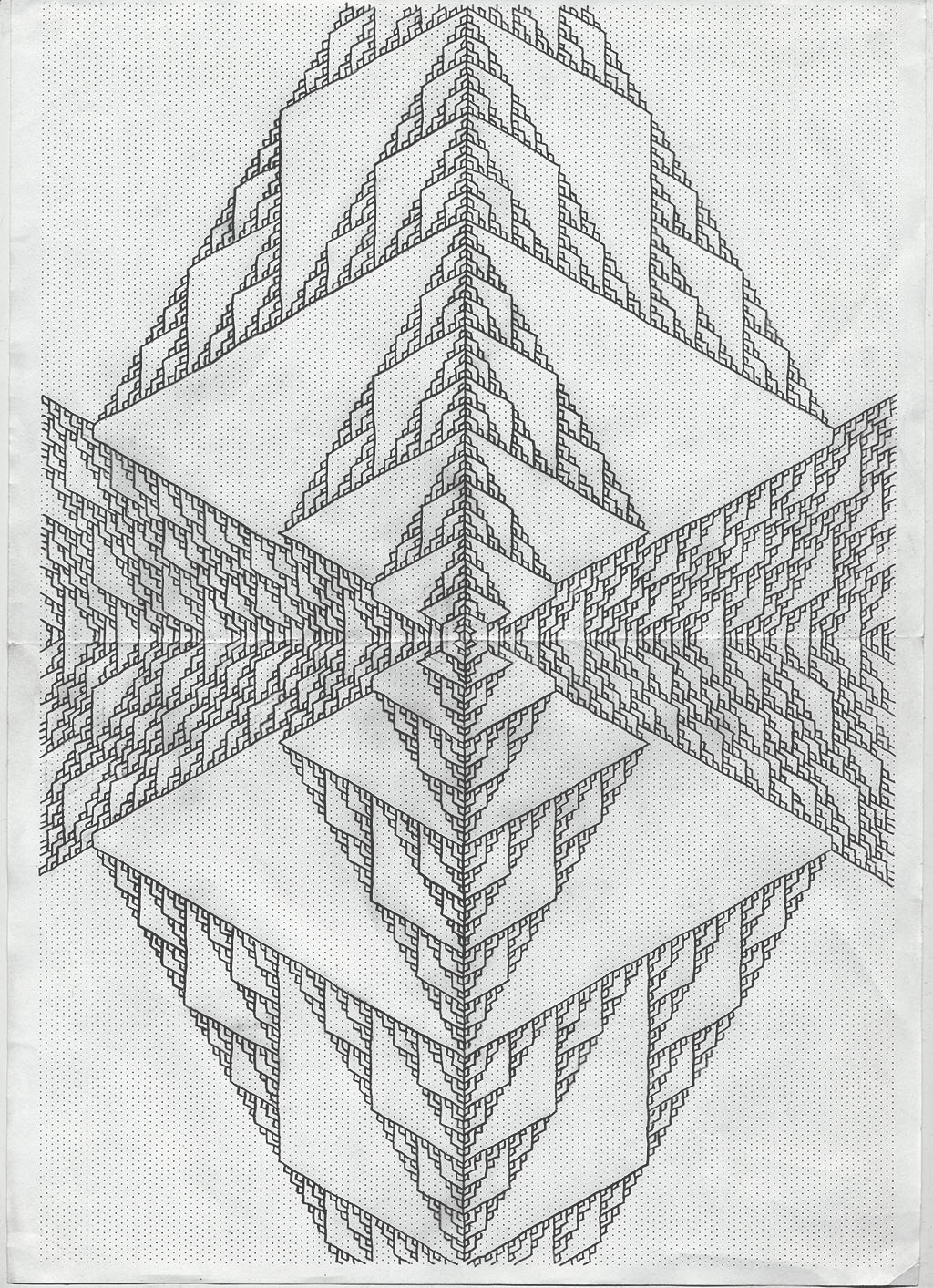Feed Aram Bartholl [copy] http://datenform.de/blog/feed/ has loading error: A feed could not be found at `http://datenform.de/blog/feed/`; the status code is `200` and content-type is `text/html; charset=UTF-8`
Feed Cem TEZCAN [copy] https://yewtu.be/feed/channel/UCGcjzzEmGThh35eeDkvydeg has loading error: cURL error 22: The requested URL returned error: 403
Feed Centsational Style [copy] https://centsationalstyle.com/feed/ has loading error: A feed could not be found at `https://centsationalstyle.com/feed/`; the status code is `200` and content-type is `text/html; charset=UTF-8`
Feed designboom magazine [copy] http://shalnoff.co.uk/rss.php?rss=designboom has loading error: cURL error 22: The requested URL returned error: 403 Forbidden
Feed Kinote.info [copy] http://kinote.info/sections/blog/articles.xml has loading error: http://kinote.info/sections/blog/articles.xml is invalid XML, likely due to invalid characters. XML error: Invalid document end at line 1031, column 7
untitled

pencil & graph paper
Beta release: How to render OpenStreetMaps using Python and Matplotlib

Introduction: Open Street Maps is an collaboratively developed and open source map database. The entire OSM database or specific portions can be downloaded. The database includes information on roads, political boundaries, natural features, rail lines, trails, and much more. The website can generate output files with sufficient information to create custom and detailed surface street maps for many areas of the world. With Python and Matplotlib the XML data in an OpenStreetMaps OSM file can be rendered as a custom map can be rendered to meet specific needs. Below is an example of a map which can be generated from...
A couple of interesting websites on visualizing information …
See
Visual Hint at http://hint.fm/blog/
Visual Complexity at http://www.visualcomplexity.com/vc/
A periodic table of visualization methods at http://www.visual-literacy.org/periodic_table/periodic_table.html
Edward Tufte at http://www.edwardtufte.com/tufte/
The Simple Complexity gallery at http://simplecomplexity.net/visualization-gallery/
Information Asthetics at http://infosthetics.com/
The Processing exhibition at http://www.processing.org/exhibition/
A gallery of art using Context Free at http://www.visual-literacy.org/periodic_table/periodic_table.html
The Matplotlib gallery at http://matplotlib.sourceforge.net/gallery.html
The Pure Data gallery at https://gem.iem.at/
Eigenfactors at http://well-formed.eigenfactor.org/index.html
A site with a good discussion on how to present charts at http://www.excelcharts.com/blog/data-visualization/
A gallery of MayaAVI capabilities at http://code.enthought.com/projects/mayavi/docs/development/html/mayavi/auto/examples.html
A really cool site – www.datamasher.org
Data Source: Aggregated Data on commercial/retail information
Here is another interesting data source: Aggdata
Release of Data Origami Library 0.006

The Data Origami Library for Blender 2.49a has been updated. This library's goal is to reduce the number of lines of python required to generate a useful image, animation, or game in Blender.
In this release, the image class now supports the following methods:
Orienting the camera by using a lookAt and lookFrom locationAdding Blocks defined by opposing cornersAdding Cylinders defined by end locationsAdding SpheresAdding Text boxesAdding Lighting which can be aimed at a targetAdding Tubes which can be used to draw arbitrary curves from either piecewise lines or smooth curves.The library can be downloaded here. To install, simply unzip...
Script to find the type of each object in a Blender scene
This examples applies to Blender 2.49 and some earlier versions.
import Blender
from Blender import *
scn = Scene.GetCurrent()
obs = scn.objects
for ob in obs:
print 'Object named %s has type %s' % (ob.name,ob.type)
Portable Blender and Notepad++
One of the problems I have in my system is that I use PythonXY. PythonXY works best when it is the only registered Python on a system. The problem arises when installing Blender and PythonXY and both require different versions of Python. Blender Portable offers a way to solve this problem. Blender Portable installs a local copy of Python which can be different from any other Python installations on a machine. This portable version of Blender can still be used with Notepad++. To setup Notepad++, follow the instructions here, but use the following string to call Blender. "C:\PortableApps\BlenderPortable\blenderportable.exe" -P "$(FULL_CURRENT_PATH)"
Release of Data Origami Library 0.002

The Data Origami Library has been updated. The image class now supports the following objects: Orienting the camera by using a lookAt and lookFrom location Blocks defined by opposing corners Cylinders defined by end locations Spheres Text boxes
An issue with shading was corrected. The library now generates shadows correctly.
The library can be downloaded here.
The image above was generated by the test script here.
Interesting Dataset: BLS Time Use Survey
This is an interesting dataset which explains how people use their time in the US: BLS Time Use Survey.
The 0.001 Release of the Data Origami Library for Blender
This is a shell that will be expended in the future. It simplifies the problem of setting up an image in Blender. Other postings will build examples on top of this module.
For now, it is recommended to place this file in C:\tmp. I'll use that location in example scripts. A future release will have a more permanent recommended home.
Code:
Download Code for the Origami Library 0.001.
This file can be placed arbitrarily. Any script which imports this module must reference it by the full path because of how Blender handles files.
#!BPY __doc__ = """ OLib_xxxx.py Rev 0.001 This module setups up a scene for...dataorigami.blogspot.co.uk
Posted at 2009-08-03 05:50:00 | Art_and_design | read on